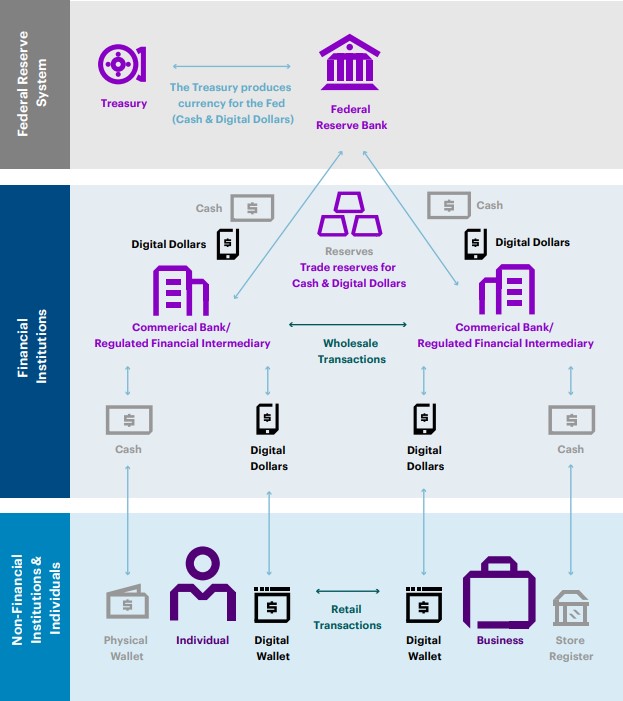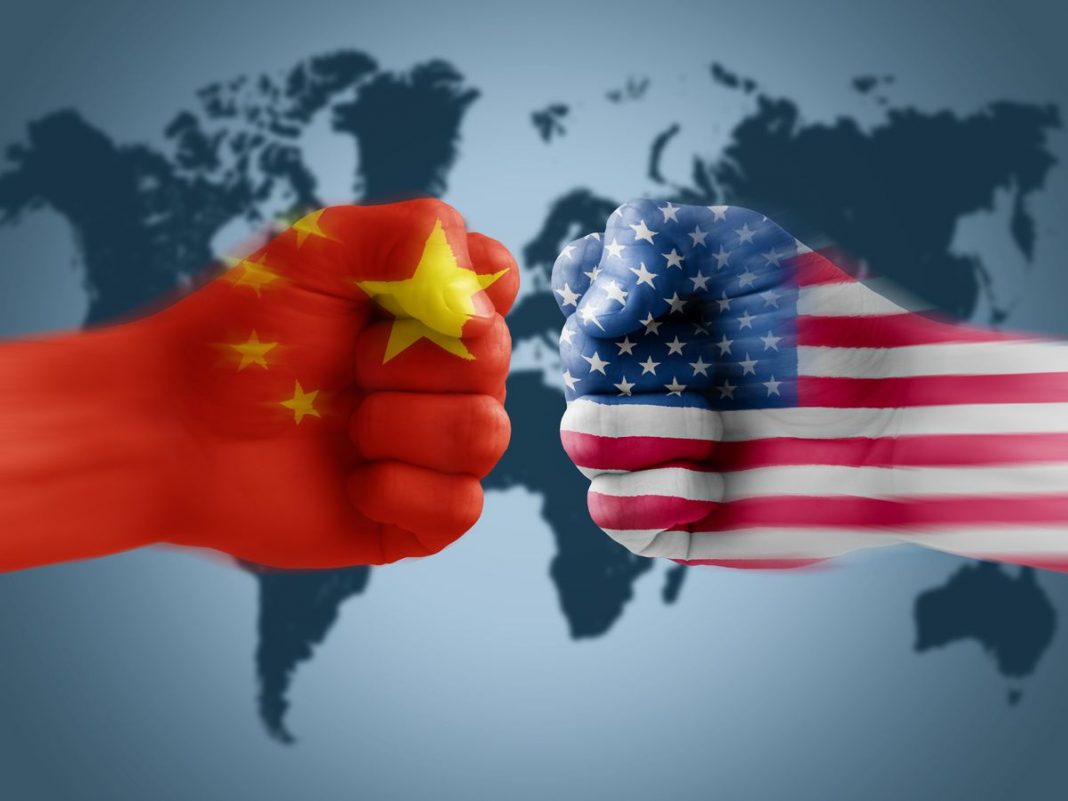Some people think that China is a copycat of the U.S. Right now, it appears to be the other way around.
The newly-announced whitepaper of the Digital Dollar Project poses a striking similarity with China’s digital yuan (DCEP). Namely, the digital dollar adopts a two-tiered architecture model identical to how the DCEP operates.
About the Digital Dollar Project
The project was born from a partnership between the Digital Dollar Foundation and the global services company Accenture. It was created to explore the possibilities of a central bank digital currency (CBDC) for the U.S.
As the new era of innovative fintech and digital currencies emerge, the economic sovereignty of nations is under threat. As such, they are forced to take measures to adapt to this new world which offers so many financial possibilities like never before.
A digital dollar could aid the US in keeping the dollar’s dominance as the world’s reserve currency, similar to what crypto proponents are trying to make out of Bitcoin.
Digital Yuan VS Digital Dollar
China has been working on its CBDC for more than five years while its US counterpart is fairly new to the stage.
Unlike the digital dollar, the DCEP was created by the central bank of China, not an external foundation. While the U.S. wants to retain its currency’s global status, China simply wants to protect its monetary sovereignty, at least for the most part.
However, another reason could be that China wants to dominate the digital currency field before the U.S. could innovate. And the digital yuan does have a few years of a headstart.
What is a Two-tiered banking architecture model?
The People’s Bank of China (PBOC) had long decided to adopt a two-tier banking system. The first tier will connect the aforementioned central bank with commercial banks and other regulated institutions for currency issuance and reclamation.
The second tier will link those commercial banks and regulated institutions with individuals and businesses.

It turns out that the proposed digital dollar will follow the exact same system, as clearly stated in their whitepaper,
A digital dollar will be distributed through the existing two-tiered architecture of commercial banks and regulated intermediaries.
Similar to China’s DCEP, commercial banks and other regulated intermediaries would exchange reserves for digital dollars, and then dispersed them to individuals and businesses. See the diagram below.

In the age of digital currencies, the competition for dominance extends beyond central banks. DeFi platforms like MakerDAO and WaykiChain, as well as other global financial infrastructures like Libra are trying to get a slice of the pie, if not the whole pie itself.
Not to mention digital currencies like Bitcoin, XLM, and XRP exist mainly for the same reason.
| Suhail |




















